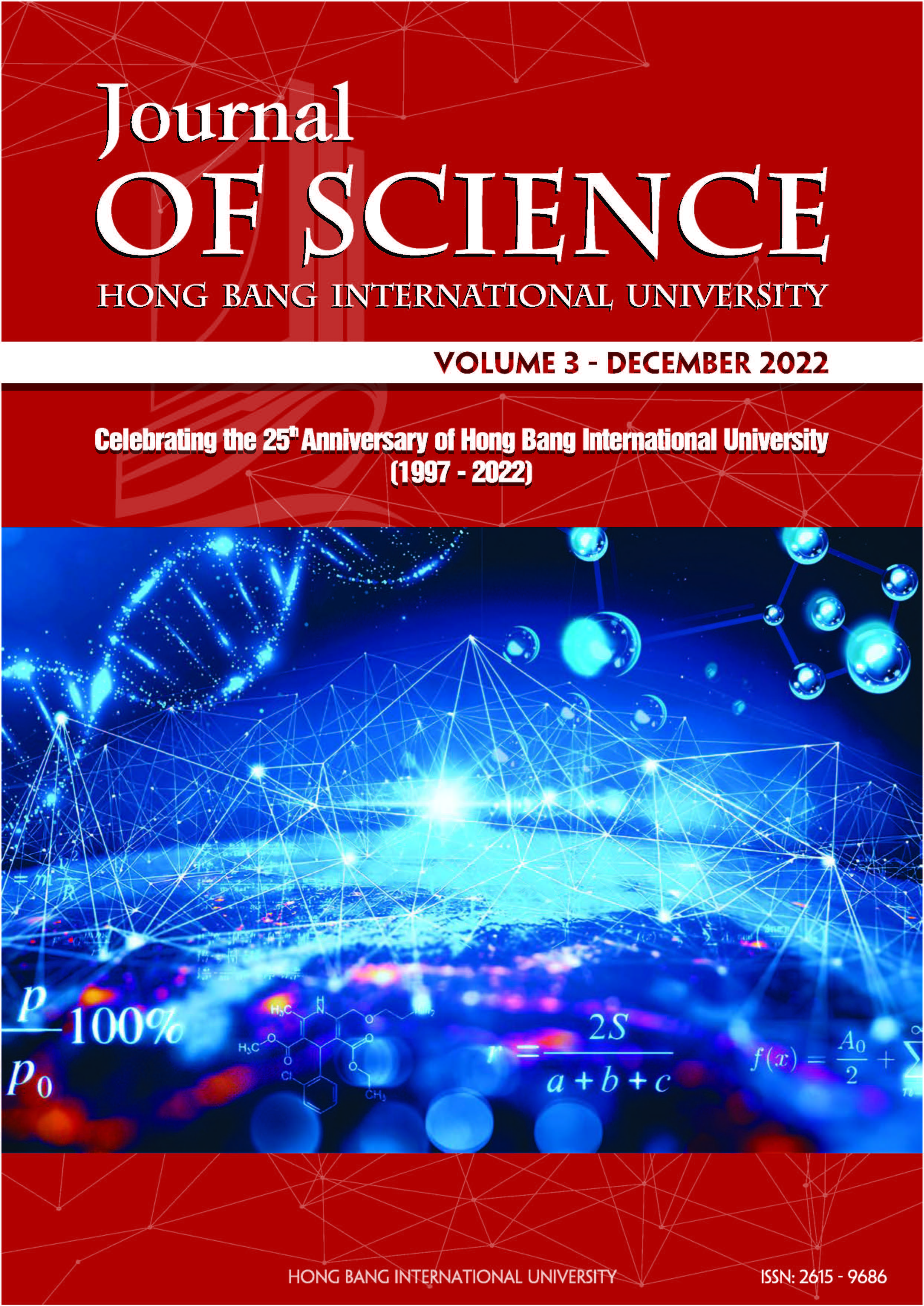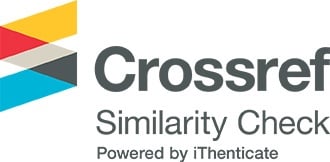Development and validation of HPLC method for determination of β-ecdysone from Callisia fragrans (Lindl.) woodson
Các tác giả
Từ khóa:
β-ecdysone, Callisia fragrans (Lindl.), HPLCTóm tắt
The HPLC method for the determination of β-ecdysone from Callisia fragrans was developed and validated. Thereby, crushed herbal powder of stem and leafs of Callisia fragrans (Lindl.) Woodson was extracted with MeOH by sonification. The MeOH extract was evaporated at low pressure to obtain the residue of total extract. This MeOH fraction was carried out liquid - liquid extracting method with solvents of increasing polarity: n-hexane, EtOAc. The fraction EtOAc containing β-ecdysone was performed by using the HPLC method. The simple chromatographic separation condition was carried out on a C18 column using isocratic mobile phase consisting of 60% (v/v) methanol and 40% (v/v) water with flow rate of 1.0 mL/min. The eluted process was monitored by a diode-array detector at wavelength of 242 nm. Results obtained in validation demonstrated an linear relationship between the corresponding peak areas and the concentration of β-ecdysone: y = 164896x - 42687, as confirmed by the correlation coefficient of 0,998. The concentration of β-ecdysone in Callisia fragrans (Lindl.) Woodson was determined by using the HPLC with 0.052% of dry powder.
Abstract
The HPLC method for the determination of β-ecdysone from Callisia fragrans was developed and validated. Thereby, crushed herbal powder of stem and leafs of Callisia fragrans (Lindl.) Woodson was extracted with MeOH by sonification. The MeOH extract was evaporated at low pressure to obtain the residue of total extract. This MeOH fraction was carried out liquid - liquid extracting method with solvents of increasing polarity: n-hexane, EtOAc. The fraction EtOAc containing β-ecdysone was performed by using the HPLC method. The simple chromatographic separation condition was carried out on a C18 column using isocratic mobile phase consisting of 60% (v/v) methanol and 40% (v/v) water with flow rate of 1.0 mL/min. The eluted process was monitored by a diode-array detector at wavelength of 242 nm. Results obtained in validation demonstrated an linear relationship between the corresponding peak areas and the concentration of β-ecdysone: y = 164896x - 42687, as confirmed by the correlation coefficient of 0,998. The concentration of β-ecdysone in Callisia fragrans (Lindl.) Woodson was determined by using the HPLC with 0.052% of dry powder.
Tài liệu tham khảo
[1] Olennikov, D.N., Zilfikarov, I.N., Chelombit0Ko, V.A., Ibragimov, T.A., “Chemical composition of Callisia fragrans juice 1. phenolic compounds”, Chem Nat Compd, 44(6),776–777, 2008.
[2] Hang, D.T.T, Hang, N.T.M, Anh, H.L.T, Nhiem, N.X., Hue, C.T., Binh, P.T., Dat, N.T., Nam, N.H., Yen, P.H., Minh, C.V., et al., “1H and 13C NMR assignments of new ecdysteroids from Callisia fragrans”, Magn Reson Chem, 53(5), 379–382, 2015.
[3] Lafont, R., Dinan, L., “Practical uses for ecdysteroids in mammals including humans: and update. 30pp”, Journal of Insect Science, 3, 7, 2003.
[4] Sophie, C., Annick, M., Laurence, D., and Rene´, L., ean-Pierre, G., “Ecdysteroids from Cyanotis longifolia benth. (commelinaceae)”, Archives of insect biochemistry and physiology, Vol. 72, No. 4, 194–209, 2009.
[5] Bathori, M., “Purification and characterization of plant ecdysteroids of Silene species”, Trends in Analytical Chemistry, 17, 372-383, 1998.
[6] Appendix F. AOAC: Guidelines for Standard Method Performance Requirements, 2016.
[7] International Conference on Harmonization (ICH) Q2B., “Validation of Analytical Procedures: Methodology”, Published in the Federal Register, Vol. 62, 1996.
[8] Lara, Z. S., Daniele, F. F., Diógenes A. G. C., “Quantifi cation of β-ecdysone in differents parts of Pfaffi a glomerata by HPLC”. Brazilian Journal of Pharmacognosy, 22(6), 1349-1354, 2012.
[9] Viatcheslav, R., Eugene, B., Elena, N., Application of High-Performance Liquid Chromatography for Simultaneous Identification of Integristerone А, 20-Hydroxyecdysone, Ecdysone and 2-Deoxy-20-hydroxyecdysone”, Natural Product Com-munications, Vol. 2 (11), 1101-1104, 2007.
[10] Dong, M.W., “Regulatory aspects of HPLC analysis: HPLC system and method validation. In Dong MW (org.)”, Modern HPLC for practicing scientists. John Wiley & Sons, p.230, 2006.
Tải xuống
Tải xuống: 63







